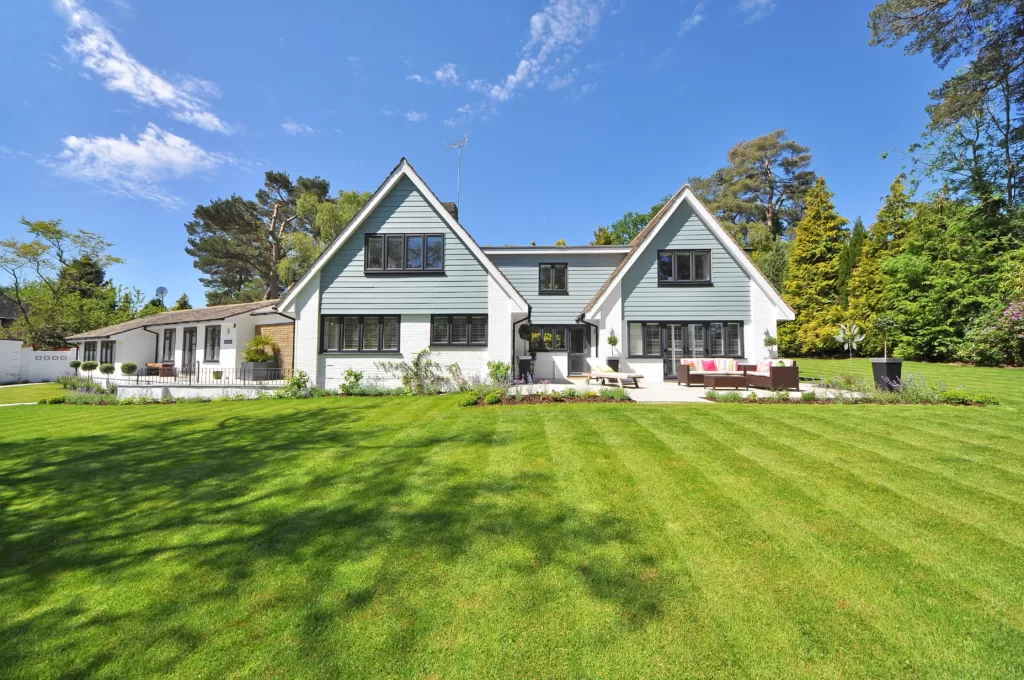As we know further into the dynamic landscape of the real estate housing market, the year 2024 unveils an overview of trends, challenges, and opportunities that shape the industry’s trajectory. In the wake of global shifts, technological advancements, and socio-economic dynamics, the real estate market stands as a barometer reflecting the pulse of the broader economy.
As we embark on this journey through the real estate housing market trends defining real estate in 2024, we delve into the intricacies of a market shaped by innovation, resilience, and adaptation. From the evolving preferences of buyers and renters to the impact of geopolitical factors on investment patterns, the real estate housing market sector remains in a constant state of flux, poised for transformation and growth.
Amidst uncertainties and breakthroughs, navigating the currents of the real estate market demands insight, foresight, and a keen understanding of the forces propelling it forward. Let us embark on a journey to unravel the trends shaping the real estate housing market landscape in 2024 and beyond.
Top Trends in the Real Estate Housing Market Valuation of Property in 2024
Sustainability and Green Initiatives
As awareness of climate change and sustainability increases, real estate housing market development projects increasingly emphasize green construction practices, energy efficiency, and green design. Investors, developers and tenants all value properties that have sustainable features and help reduce their carbon footprint.
When it comes to construction techniques, ‘sustainability’ will be an important focus point not just in terms of design, but also in areas such as prefab, precast, and modular works. There is now a more conscious effort towards sustainability.
Remote Work and Flexible Spaces
The rise of remote work and flexible work arrangements continues to impact real estate housing market demand. Businesses and individuals are reevaluating their space needs, leading to a surge in demand for flexible office spaces, co-working facilities, and mixed-use developments that offer live-work-play environments. Commercial real estate is adapting to accommodate the evolving needs of a remote workforce.
Open And Large Spaces
The idea is to build spaces that blurs the inside and the outside spaces has become very popular among homebuyers. Balconies, for instance, are no longer expected to be small spaces but a room for entertainment and activities. Moreover, balconies are no longer a luxury but a necessity for most.
Affordable Housing Initiatives
Addressing the affordability crisis remains a pressing issue in many markets around the world. Governments, developers, and nonprofits work together to advance affordable housing solutions, including subsidized housing programs, inclusionary zoning policies, and public-private partnerships aimed at increasing access to safe and affordable housing for low- and moderate-income families.
Lifestyles
In terms of real estate housing market design, lifestyle is generally not taken into consideration. For instance, a laundry room in a house is often attached to the kitchen, which ideally is a mismatch and should be separate but is not, evidently because there is not much thought given to lifestyles. That being said, design is about understanding and detailing keeping in mind the lifestyle.
Community Living
There is also a lack of community living in larger gated communities. Nowadays, it is not surprising if you do not know your neighbors. As the saying goes, “It takes a village to bring up a child…” and that is truly what a community does. So, the focus should largely be on community living spaces and the pandemic has brought this even more to the fore.
Windows
A huge real estate housing market trend is seen in windows moving away from the traditional wooden to aluminum and uPVC, largely because the wood in today’s real estate housing market is not fully matured. Also, glass plays a large role in terms of keeping the heat and radiation out and lamination is being used for security and for insulating the noise from outside.
Demographic Changes and Multi-Generational Living
Demographic changes, including an aging population and diversifying household composition, are driving the need for multi-generational housing solutions and age-friendly communities. Developers design properties according to the needs of different age groups, offering a range of housing types, amenities and services to suit different lifestyles and preferences.
Building Technology
In the past few years, there has been a lot of advancement in building technology. Developers are increasingly turning their attention towards technologies such as precast, prefab, and light gauge steel construction, which require a lot less labor. In the context of a city, considering the noise, water pollution, etc. developers are now looking for techniques that are much faster to build and this will play a major role going for- ward.
Landscaping
Lawns are losing their popularity as they are difficult to maintain. The real estate housing market trend is to opt for more comfortable spaces. Also, the landscape is not just about being green, but about visual satisfaction and physical use. In the earlier years, while the land- scape was about plants and grass and water fountains, today, it is more activity-orient- ed where one can do yoga, exercise, walk, or simply sit and read the newspaper.
There are also a lot of covered decks that are incredibly in trend. Also, the conservation of water is another point due to which the land- scape has shifted from gardening to other activities. For individual homes, there are now, small sewage treatment plants (STPs) being developed that use soil water for irrigation and large collection tanks that help collect rainwater for use. Here again, it brings to the fore the sense of sustainable living.
Technology Integration
Technological innovation is revolutionizing the real estate housing market industry, with trends such as virtual reality tours, augmented reality applications, and digital platforms transforming the way properties are marketed, bought, sold, and managed. PropTech (Property Technology) solutions are streamlining processes, enhancing efficiency, and improving the overall real estate experience for stakeholders.
Crux
In summary, the real estate market in 2024 is characterized by a convergence of trends that reflect the evolving needs, preferences, and values of stakeholders. Navigating these trends requires agility, innovation, and a deep understanding of market dynamics to capitalize on emerging opportunities and address emerging challenges in the ever-evolving real estate housing market landscape.








Leave a Comment
You must be logged in to post a comment.